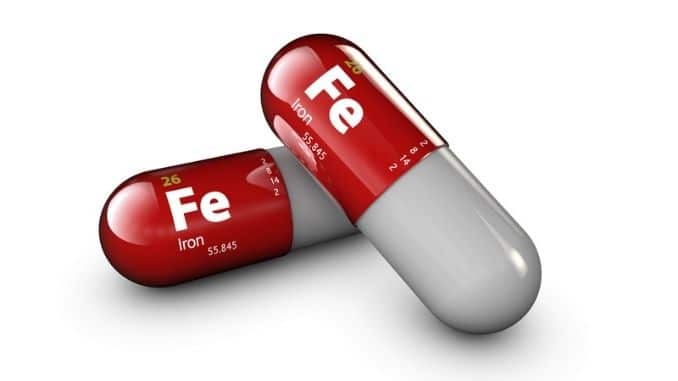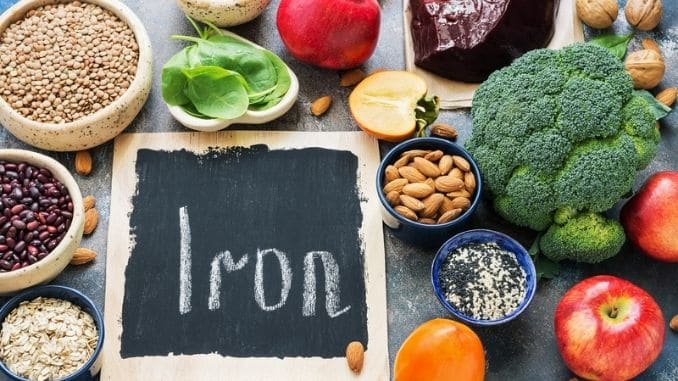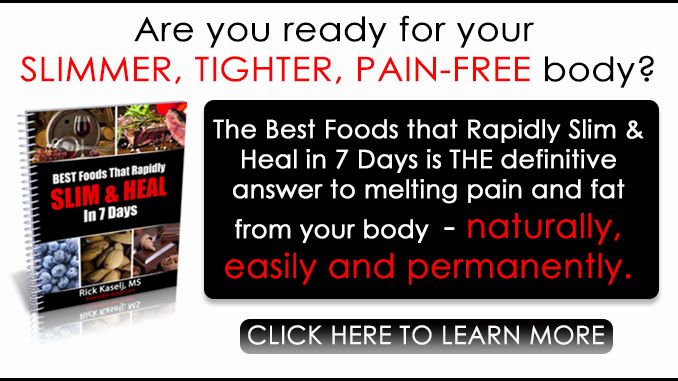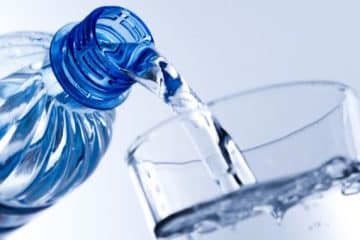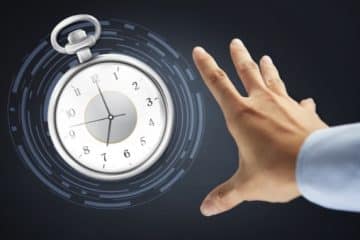Janine knew that something wasn’t right. She felt more tired than usual, and even when she got a good night’s sleep, she woke up fatigued. She tried to pass it off as the result of too many months of hard work, but then one Sunday while working in the yard, Janine collapsed.
She got up soon after, but she was dizzy and had to go inside. Concerned, she called the doctor. After a few tests, she was diagnosed with a stomach ulcer which had caused iron deficiency anemia.
Janine was surprised. She hadn't expected her symptoms to signal something so serious. Fortunately, after a couple of weeks of treating her stomach ulcer and taking some iron supplements, she began to feel much better.
It’s not something we hear about often—someone being low on iron. But iron deficiency anemia affects about 9-12 percent of non-Hispanic white women, nearly 20 percent of black and Mexican-American women, and about 2 percent of adult men.
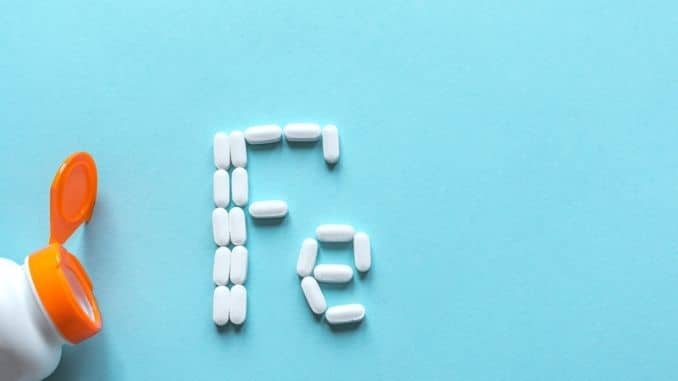 What is Iron?
What is Iron?
Iron is an essential mineral that humans need for growth and development. “Essential” means that it is essential to good health and we must get it from our diet, as the body cannot produce it on its own.
The body uses iron to make hemoglobin, a protein in red blood cells that carries oxygen from the lungs to the rest of the body. It also helps our muscles store and use oxygen, and plays a role in immune function.
How Much Iron Do I Need?
The average daily recommendations for iron are:
- Adult men 19-50 years: 8 mg
- Adult women 19-50 years: 18 mg
- Adults 51 and older: 8 mg
- Pregnant teens and women: 27 mg
- Breastfeeding teens: 10 mg
- Breastfeeding women: 9 mg
Vegetarians who do not eat meat, poultry, or seafood need almost twice as much iron as that listed above because the body doesn’t absorb iron from plant foods as well as from animal foods.
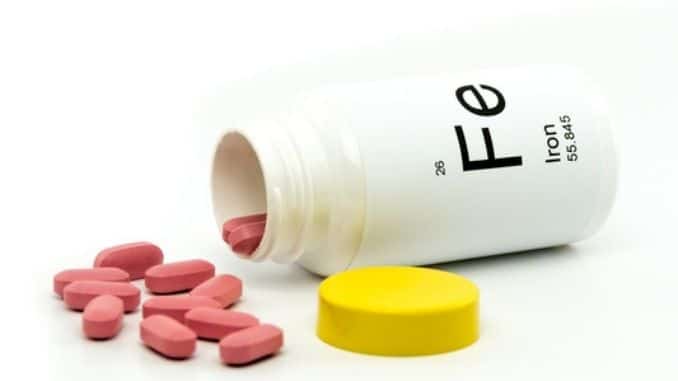 What Are the Two Types of Iron?
What Are the Two Types of Iron?
The richest sources of easily absorbed iron are lean meat and seafood. These contain “heme” iron, meaning that the heme protein is attached to the iron, making it more “cell-friendly.” When we eat meat, we consume the blood proteins and the hemoglobin contained in the body of the animal. On average, the body absorbs about 15-35 percent of the heme iron you eat.
There is another type of iron called “non-heme” iron that is found in plant-based foods like grains, beans, vegetables, fruits, nuts, and seeds. Non-heme iron is also present in animal products like eggs and milk/dairy and comprises about half the iron contained in animal meat. The body absorbs only about 5-12 percent of non-heme iron. That's because, during digestion, the body has to alter non-heme iron to take it in fully.
A nutritious diet contains a combination of both heme and non-heme iron and is usually sufficient to meet a person’s daily requirements. Those who avoid animal foods must be more careful, though, since the non-heme iron is much less easily absorbed by the body.
Signs of an Iron Deficiency
If you’re not getting enough iron, you may notice the following symptoms:
- Extreme fatigue
- Weakness
- Pale skin
- Cold hands and feet
- Brittle nails, dry and damaged hair
- Fast heartbeat or shortness of breath
- Chest pain
- Headaches
- Dizziness or lightheadedness
- Swelling and soreness of the tongue and mouth, dry mouth
- Restless leg syndrome (often worse at night)
- Strange cravings for non-food items like ice and dirt
Those who are low in iron are typically diagnosed with iron deficiency anemia, which means that they have a decreased level of hemoglobin in the red blood cells. Since the body needs iron to make hemoglobin, a drop in hemoglobin coincides with a drop in iron.
Without enough hemoglobin in the blood, the rest of the body can’t get the oxygen that it needs, which is why fatigue is often the first noticeable symptom.
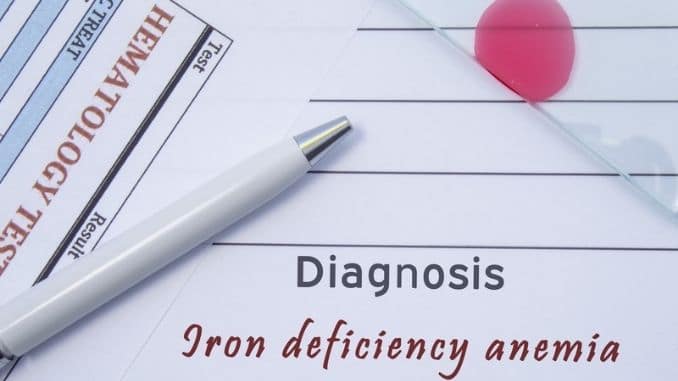 Why You Might Be Low on Iron
Why You Might Be Low on Iron
There are several potential causes of an iron deficiency.
1. Plant-Based Diet
As mentioned above, avoiding animal foods entirely can increase the risk of an iron deficiency because plant-based sources of iron are not as well absorbed as animal food sources. In a 2016 review, researchers found that among female vegetarians, about 12-79 percent were low on iron, and about 6-30.3 percent were low on hemoglobin. Among men, 1.7-29 percent were low on iron, and 0-15.3 percent were low on hemoglobin.
Overall, vegetarians were more likely to be iron deficient when compared to nonvegetarians. Premenopausal vegetarian women were most at risk.
2. Blood Loss
Blood contains iron within the red blood cells, so if you lose too much blood, you can lose too much iron too.
Women with heavy periods are at risk for iron deficiency anemia because they lose blood during menstruation. Blood loss during childbirth, because of an ongoing stomach ulcer, or because of internal bleeding caused by other conditions such as colon cancer can also lead to iron-deficiency anemia.
3. An Inability to Absorb Iron
Some people are born with an inability to absorb iron from their diet. Celiac disease, for instance, affects the intestine’s ability to absorb nutrients from digested food and can lead to iron deficiency anemia.
Surgeries that remove part of the small intestine, such as a gastric bypass, can also result in an increased difficulty in absorbing iron.
4. Pregnancy
Simply being pregnant can increase the risk of iron deficiency anemia because of the needs of the growing fetus. Without iron supplementation, many pregnant women cannot meet the demands for their own increased blood volume and that of the fetus.
5. Endurance Athletics
Iron deficiency is more common among athletes, particularly female endurance athletes such as long-distance runners. Low iron levels in these athletes can lead to weakened immune activity, fatigue, and reduced athletic performance. Endurance athletes should check with their doctors about potentially taking iron supplements.
6. Older Age
A 2014 study found that 10 percent of adults over the age of 65 were suffering from iron deficiency anemia, while 20 percent of those over 85 were as well. This may occur because of inflammation, poor diet, internal bleeding, and difficulty absorbing iron. Though most seniors get enough iron from their diets, those exhibiting symptoms should seek immediate attention.
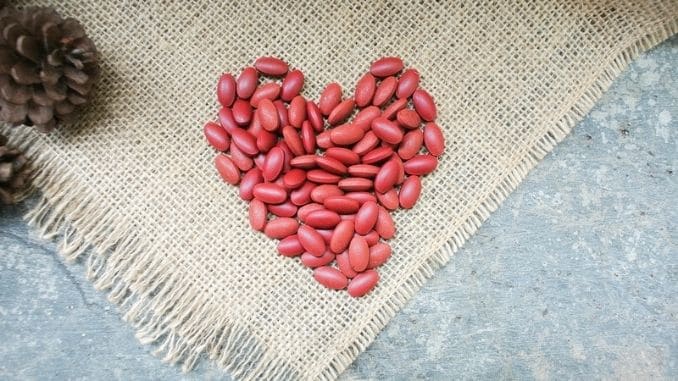 Best Food Sources of Iron
Best Food Sources of Iron
Some of the best dietary sources of iron include:
Heme Iron
- Clams (by far the highest)
- Liverwurst
- Chicken liver
- Oysters
- Beef liver
- Mussels
- Venison
- Extra-lean ground beef
- Sardines
- Lamb chops
Other good sources of heme iron include turkey, chicken, fish (halibut, haddock, salmon, tuna), ham, and veal.
Non-Heme Iron
- Soybeans (cooked)
- Blackstrap molasses
- Lentils (cooked)
- Spinach (cooked)
- Tofu
- Bagel (enriched)
- Chickpeas (cooked)
- Tempeh
- Lima beans (cooked)
- Black-eyed peas (cooked)
Other good sources of non-heme iron include seeds (pumpkin and sunflower seeds), fortified breakfast cereals, baked potato with skin, prune juice, dried fruits (raisins, apricots, etc.), and nuts (cashews, almonds, pistachios).
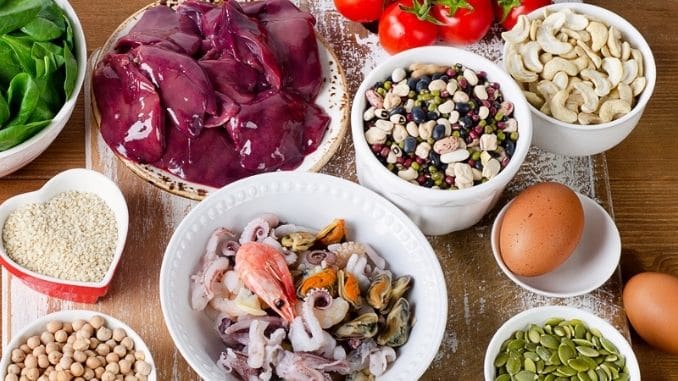 Iron Supplements and Shots
Iron Supplements and Shots
If you are diagnosed with iron deficiency anemia, your doctor may recommend iron supplementation. Iron tablets are the most common type of supplement and can help restore the iron levels in the body over time. It may take several months or longer to completely restore your iron reserves.
Taking these tablets on an empty stomach increases absorption, but they can cause stomach upset in some people. If so, they can be taken with meals, as some of the iron will still be absorbed. Do avoid consuming milk, caffeine, antacids, and calcium supplements at the same time, as these can interfere with iron absorption. You can take them with vitamin C to increase absorption.
There are some extended-release options when it comes to iron supplements as well. These release the iron gradually over time and may be better tolerated by those who experience side effects.
Nonprescription forms of iron supplements are available in the following forms:
- Ferrous Salts: Ferrous fumarate, ferrous sulfate, and ferrous gluconate
- Ferric Salts: Ferric sulfate, ferric chloride
In general, ferrous salts are better absorbed in the body than ferric salts.
It’s also important to consider whether the supplement has heme or non-heme iron. Feosol Complete Bifera HP & PIC iron is marketed as the only nonprescription iron supplement to contain a combination of heme iron and non-heme iron. It is associated with minimal stomach upset.
Sometimes, in cases where a person’s blood count is very low—so low that taking iron supplements won’t help soon enough—doctors may use iron injections to restore blood levels. People who cannot tolerate oral iron supplements may also be treated with injections. An iron injection can improve iron levels much faster than tablets can. Iron may also be given via an infusion in patients who are critically low on iron.
If you need iron supplements, take them only under the direction of a doctor because it can be dangerous if you get too much.
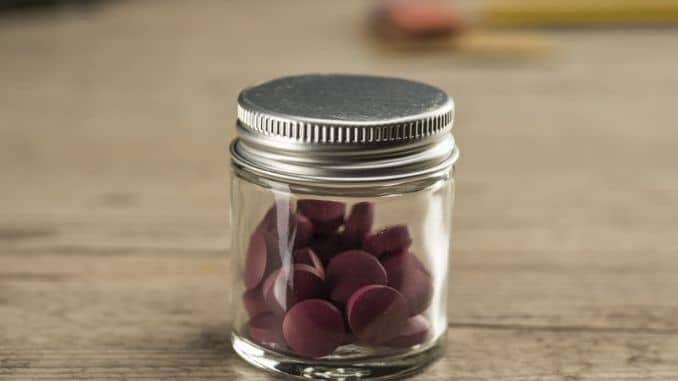 The Danger of Taking Too Much Iron
The Danger of Taking Too Much Iron
Iron can be harmful if you get too much. Healthy people, for instance, who take high doses of iron may experience side effects like upset stomach, constipation, abdominal pain, nausea and vomiting, and fainting. They may also become zinc deficient because too much iron can interfere with the absorption of zinc.
When there is more iron in the body than is required, the excess is typically stored in the organs, where it can cause problems. Over time, too much iron can also be toxic to the liver, heart, pancreas, and joints.
Extremely high doses of iron (in the hundreds or thousands of mg) can cause organ failure, coma, convulsions, and death. The daily upper limits of iron from foods and supplements are 45 mg for teens and adults.
 If your energy levels are down or you are experiencing any other symptoms associated with an iron deficiency, it is important to speak with your doctor before experimenting with iron supplementation. If you are not absorbing the necessary iron from a healthy diet, you need to better understand what might be causing a deficiency before determining the best way to boost your iron levels. Above all, listen to your body.
If your energy levels are down or you are experiencing any other symptoms associated with an iron deficiency, it is important to speak with your doctor before experimenting with iron supplementation. If you are not absorbing the necessary iron from a healthy diet, you need to better understand what might be causing a deficiency before determining the best way to boost your iron levels. Above all, listen to your body.
Discover the best anti-inflammatory foods that can help slim and heal your body. Learn more here.

